Jaimie Francis, vice president of policy and programs at the U.S. Chamber of Commerce Foundation, explains how employers can develop and discover workers in their community with the Talent Pipeline Management program.
It is estimated that half of all employees will need reskilling by 2025 as adoption of technology increases, according to the World Economic Forum. Over two-thirds of critical skills listed for job openings will change, with new skills such as active learning and resilience becoming highly sought after.
Companies that prioritize upskilling and reskilling their current talent will remain competitive as industries adapt, new technologies emerge, and competition for talent continues in today’s tight labor market. For a deeper understanding of how skilling can impact our workforce, visit our Data Deep Dive: Upskilling and Reskilling Our Workforce.
Jaimie Francis, vice president of policy and programs at the U.S. Chamber of Commerce Foundation, oversees Talent Pipeline Management® (TPM), a program that focuses on upskilling and reskilling existing talent in communities across the country. We sat down with her to learn more about how companies can boost their efforts.
Q: Why is upskilling and reskilling so important right now?
A. Given the current labor shortages plaguing almost every business, long-term strategies are often over-shadowed by the critical short-term needs of today and tomorrow. While immediate hiring needs are often the most pressing issue, strategies to upskill and reskill your workforce are necessary for long-term, sustainable business practices.
Though upskilling your workforce costs money, it is often less expensive than the aggressive recruitment strategies required when looking outside of your own company. Unfilled jobs cost companies productivity and money; internal strategies like upskilling and reskilling can end up saving companies on both. As the economy changes, business cultures that support life-long learning to upskill and reskill their workforce will be those that remain competitive and relevant.
From a talent attraction perspective, many job seekers consider professional development opportunities a major selling point when deciding to work. If a company invests in employees’ careers, 94% said they would stay at the company longer. Beyond improving retention, coupling professional development support with clear pathways can also produce a loyal, skilled, and motivated team.
Q: How can businesses ensure the vitality of their future workforce?
A. This challenge is best met through coordinated pipeline development strategies that put businesses in the driver’s seat. Businesses should manage their talent pipelines like they do their supply chains. If companies aren’t making data-driven decisions about their skills and job needs, working within and across industries to partner on building pipelines of talent, and identifying and working with preferred providers of education and training, they are losing in the competition for talent.
Q: Where does a company looking to upskill or reskill their current or future workforce begin?
A. Like with any business strategy, leaders must begin with accurately diagnosing the problem before jumping to conclusions or solutions. To help businesses in this process, the U.S. Chamber Foundation developed an initiative in 2014 called Talent Pipeline Management® (TPM), which is a framework to help employers better organize and manage their talent supply chains. One of the first parts of the TPM Academy® curriculum is exploring options for where to start when building talent pipelines.
One option that can address both current and future needs is upskilling an organization’s current workforce to better prepare them for new, emerging, or changing job roles — and for career advancement. Upskilling initiatives focus on first building up the internal side of the talent pipeline (current workers) to fill the most critical job openings.
Another option is to start with a focus on improving the number of, and quality of, new hires coming from education and training partners. This is a focus on the external side of the talent pipeline. No matter where you choose to start, it is vital to gather data on the employers’ most critical jobs — like how many jobs they need to fill and which skills are the most essential to be successful on the job — and make decisions based on that data.
Q: What tips would you offer a company looking to upskill or reskill their workforce?
- Follow the data. There are different ways to approach upskilling solutions, so the key is to use your own data — as opposed to from other sources like state agencies — to determine which approach will truly meet your needs. For example, in Arizona, state data highlighted surgical techs as the No. 1 need for healthcare. But when employers came together in a partnership organized by the Greater Phoenix Chamber Foundation, they pushed back and said their greatest need was actually specialty nursing, not surgical techs. The employers then worked with the local community colleges to inform the curriculum of new specialty nursing programs that could be offered to new and existing employees.
- Be flexible. To realize success in these initiatives, you must be flexible enough to address unanticipated barriers and be willing to make changes if something is not working. New obstacles may surface, so continue to listen to what the data tells you, and react.
- Show the cost of not upskilling effectively. Demonstrating the business case for upskilling investments is an essential step in building and sustaining buy in from key stakeholders. Data that shows a positive return on investment — and the costs of not investing in upskilling — can be very powerful.
Q: Can you tell us more about how Talent Pipeline Management works?
A. TPM helps the business community to close the skills gap by applying lessons learned from supply chain management to education and workforce partnerships. TPM puts employers in control of workforce partnerships for demand-driven workforce solutions. When employers take a leadership role as end-customers of a talent supply chain, they are more effective at determining their most critical workforce needs, communicating those needs to trusted partners, and managing and improving performance.
The TPM framework is composed of six strategies that, when implemented in a particular sequence, make for a talent supply chain approach. Each strategy is designed to build off one another and support employers in developing a more data- and performance-driven approach to improving education and workforce partnerships.
Q: How does a company know if TPM is right for them?
A. TPM is one of many approaches that exist for organizing employers in public-private partnerships, and it is a solution that speaks the language of business. TPM may be a good fit if you are an employer requiring a talent pipeline solution that can produce a skilled workforce in two years or less, need to address a workforce need that requires additional training between two and four years, or building upskilling pathways for existing workers to promote them to destination jobs.
TPM may also be a good fit if you are an education, workforce, or economic development partner that wants to repurpose employer engagement beyond an advisory capacity, or better align programming to produce more streamlined, employer-led career pathways.
Learning the TPM framework takes place via the TPM Academy®, a training for business, workforce, economic development, and education leaders. TPM Co/Lab, an online learning platform will launch January 31, 2023, to deliver the TPM Academy experience on-demand. Learners will have the opportunity to earn an assessment-based certificate to demonstrate their knowledge of the proven TPM framework and methodologies, while building an international community of peer professionals to learn and grow with.


